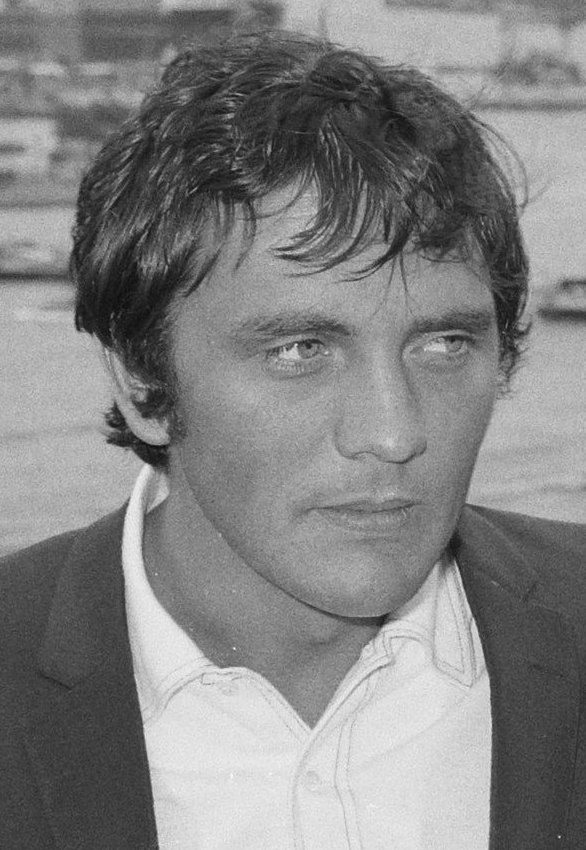
The world of cinema mourns the passing of a true titan, Terence Stamp, who died on Sunday at the age of 87. Known for his piercing “heartbreak blue eyes” and an unparalleled ability to embody diverse characters, Stamp’s career spanned over six decades, leaving an indelible mark on both British and international film. From his humble beginnings in London’s East End to becoming an Oscar-nominated actor and an iconic villain, his journey was as compelling as the roles he portrayed.
Stamp was not merely an actor; he was a chameleon, effortlessly transitioning between a naive 18th-century seaman, a violent 19th-century swordsman, a terrifying alien tyrant, and a groundbreaking transgender nightclub entertainer. His magnetic presence and profound depth consistently captivated audiences and critics alike, making him a luminary whose influence extended far beyond the silver screen. This first part of our tribute will delve into the formative years and initial triumphs of this remarkable artist, leading up to his iconic resurgence.
We will explore the pivotal moments that defined his early career, from the unexpected path he took into acting to the roles that brought him critical acclaim and global recognition. Join us as we reflect on the fascinating trajectory of a man who, as he once philosophically observed, “always seemed to be the opposite to everybody else,” yet consistently found his way back to the spotlight.
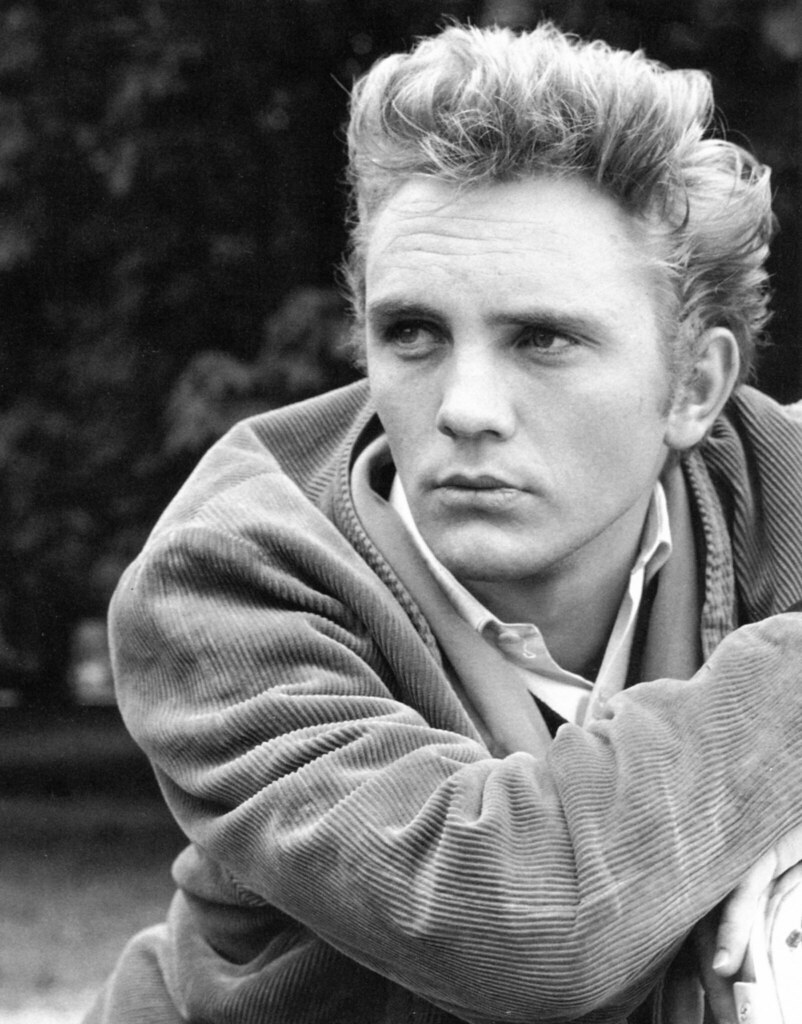
1. **Early Life and Unforeseen Ambitions**: Terence Henry Stamp was born on July 22, 1938, in London, one of five children to Thomas Stamp, a tugboat stoker with the Merchant Navy, and Ethel (Perrott) Stamp. Growing up in the low-income neighborhoods of the East End, societal expectations for career paths were often modest, a reality Stamp humorously recalled when school guidance suggested bricklaying or becoming a Woolworths’ manager. His early life was also marked by enduring the bombing of London during World War II and the deprivations that followed, shaping a resilient spirit from a young age.
Despite the prevailing modesty of expectations, Stamp harbored a secret ambition: to become an actor. After leaving school, he initially worked in advertising agencies, a far cry from the theatrical world he secretly longed for. This hidden desire eventually led him to enroll in lessons at the Webber Douglas Academy of Dramatic Art in London, a pivotal step that would alter the course of his life and career, proving that even against the grain, passion could prevail.
He confessed to keeping his acting aspirations quiet, fearing disapproval and ridicule from his family and community. “I couldn’t tell anyone I wanted to be an actor because it was out of the question. I would have been laughed at,” he once stated, highlighting the courage it took for him to pursue such an unconventional path. This foundational period speaks volumes about his determination and the inherent drive that would later define his iconic performances.
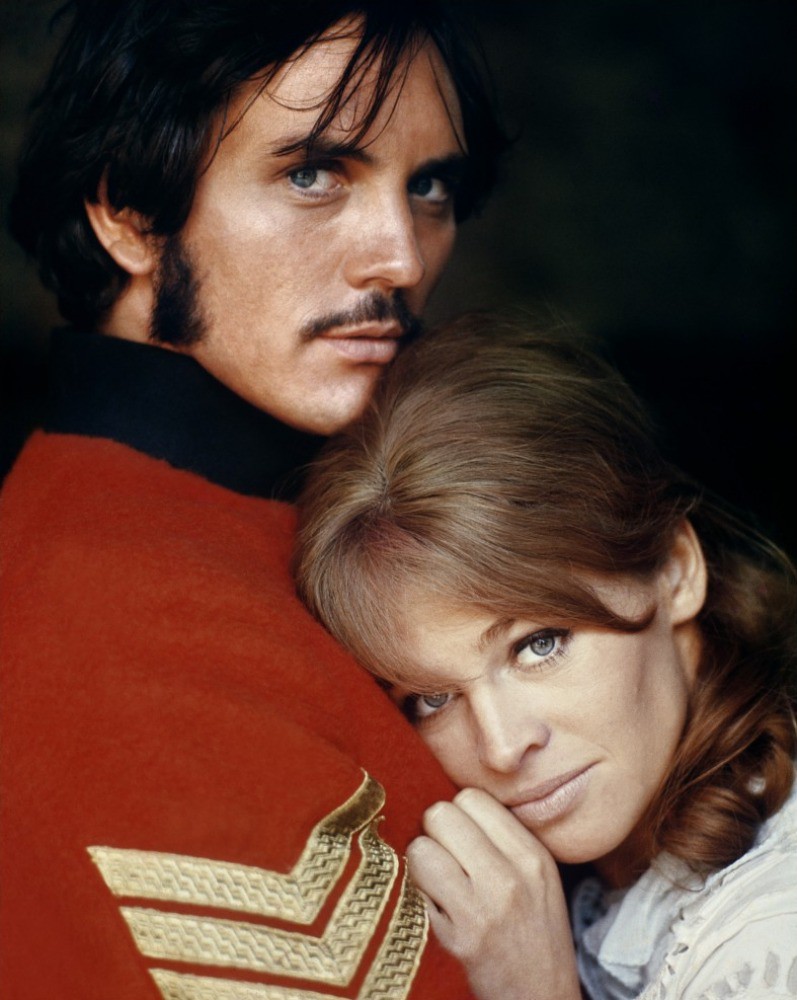
2. **“Billy Budd”: The Oscar-Nominated Breakthrough**: At the tender age of 24, Terence Stamp burst onto the international film scene with his titular role in Peter Ustinov’s “Billy Budd” (1962), based on Herman Melville’s seafaring novella. Though “Term of Trial,” in which he appeared alongside Laurence Olivier, was released a month earlier in England, “Billy Budd” was his official debut in the United States and cemented his initial fame. His portrayal of the naive 18th-century merchant seaman, accused of murder, captivated audiences..
In “Billy Budd,” Stamp famously looked into the camera with what a journalist later described as his “heartbreak blue eyes,” allowing his tousled blond hair to fall over his forehead whenever his character was provoked. This raw, emotional performance quickly garnered significant critical attention. The role not only marked his big break but also brought him an Academy Award nomination for Best Supporting Actor and a Golden Globe Award for most promising newcomer in 1963.
This early success filled Stamp with immense pride, particularly being cast by a director of Ustinov’s caliber. He recalled feeling a great deal of self-confidence in his film career, thinking, “’Wow! This is it,’” during the shooting. “Billy Budd” set a remarkably high bar for his subsequent work and established him as a serious talent to watch, proving his immediate capability to deliver profound and memorable performances right from the outset.
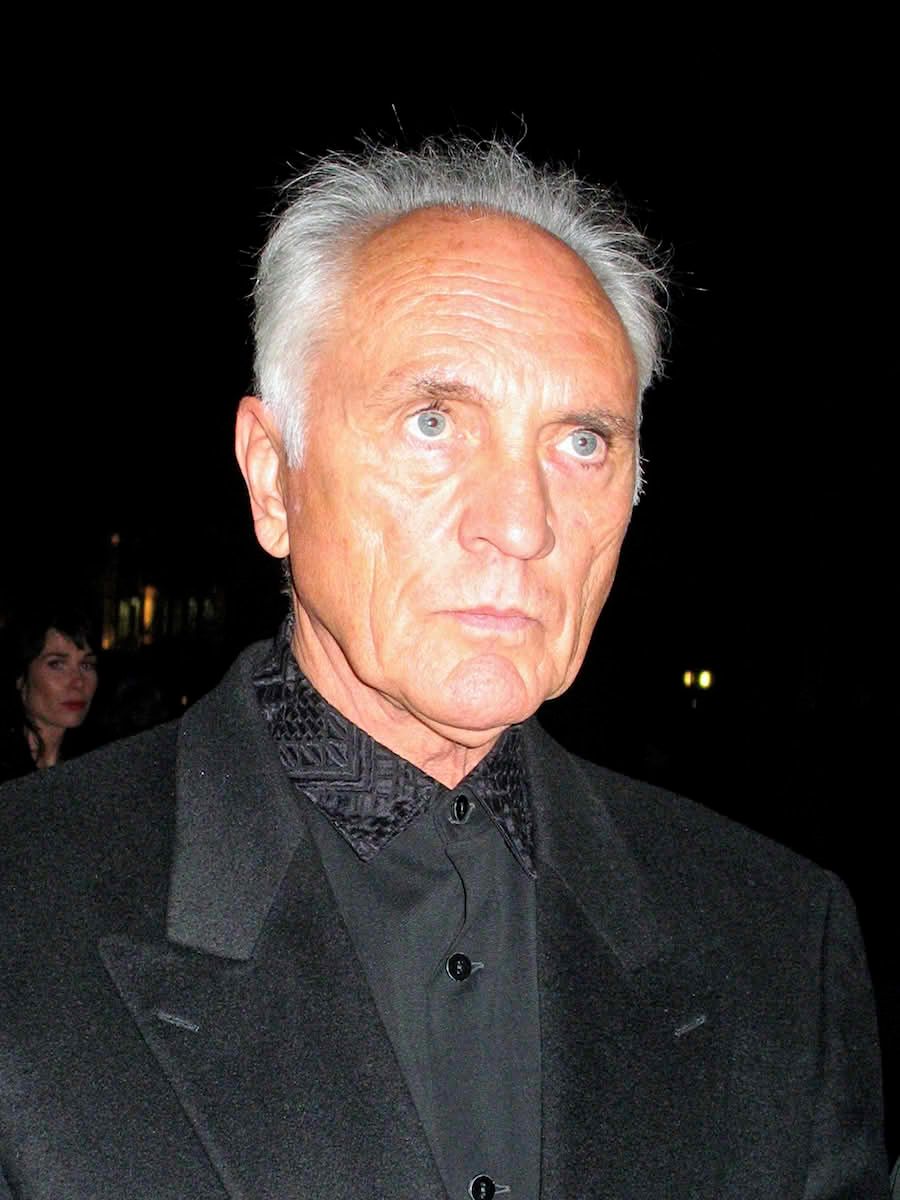
3. **“The Collector”: A Darker Turn and Cannes Recognition**: Just three years after his breakthrough in “Billy Budd,” Terence Stamp showcased his remarkable versatility by portraying a starkly different character in William Wyler’s “The Collector” (1965). In this psychological thriller, he transformed into a dark-haired psychopath named Freddie Clegg, a man who loves butterflies but escalates his obsession to capturing humans, specifically a beautiful art student played by Samantha Eggar. This role was a complete departure from the innocent Billy Budd.
As Clegg, those startlingly blue eyes that had once conveyed vulnerability in “Billy Budd” now seemed terrifying, embodying a chilling menace that was both unsettling and compelling. The critic Judith Crist, writing for The New York Herald Tribune, lauded his performance as “brilliant in its gauge” of madness, recognizing his profound ability to delve into the psyche of a disturbed individual. This role demonstrated his range beyond the boyish charm he initially displayed.
His intense and chilling portrayal earned him the prestigious Best Actor Award at the Cannes Film Festival, further solidifying his standing as a formidable acting talent. “The Collector” proved that Stamp was not merely a one-hit wonder or a typecast actor; he was capable of embodying complex, darker roles with a depth and conviction that few of his contemporaries could match, marking a significant milestone in his burgeoning career.

4. **“Far From the Madding Crowd” and 1960s Stardom**: Terence Stamp continued to challenge himself with diverse roles, including that of the sadistic Sergeant Troy in John Schlesinger’s “Far From the Madding Crowd” (1967), an adaptation of Thomas Hardy’s novel. For this character, Stamp grew a sinister black mustache, further transforming his appearance to fit the villainous persona who mistreats the heroine, played by Julie Christie. The film, though receiving mixed reviews, featured Stamp in a role that film critic Roger Ebert praised as “suitably vile.”
Looking back in 2015, a writer for The Guardian observed that Stamp had “an animation and conviction in this role that he never equaled elsewhere,” underscoring the powerful impact of his performance despite the film’s overall reception. This period firmly cemented his status as a major British film star in the 1960s, known not just for his acting prowess but also for his striking good looks and impeccable dress sense.
During this vibrant decade, Stamp formed one of Britain’s most glamorous and highly publicized celebrity couples with Julie Christie, his co-star in “Far From the Madding Crowd.” Their relationship, though it lasted only about a year, was so iconic that it was immortalized in The Kinks’ 1967 hit “Waterloo Sunset” with the line “Terry meets Julie.” He also had highly publicized romances with the British supermodel Jean Shrimpton and Brigitte Bardot, making him a true “It” figure of the swinging sixties.
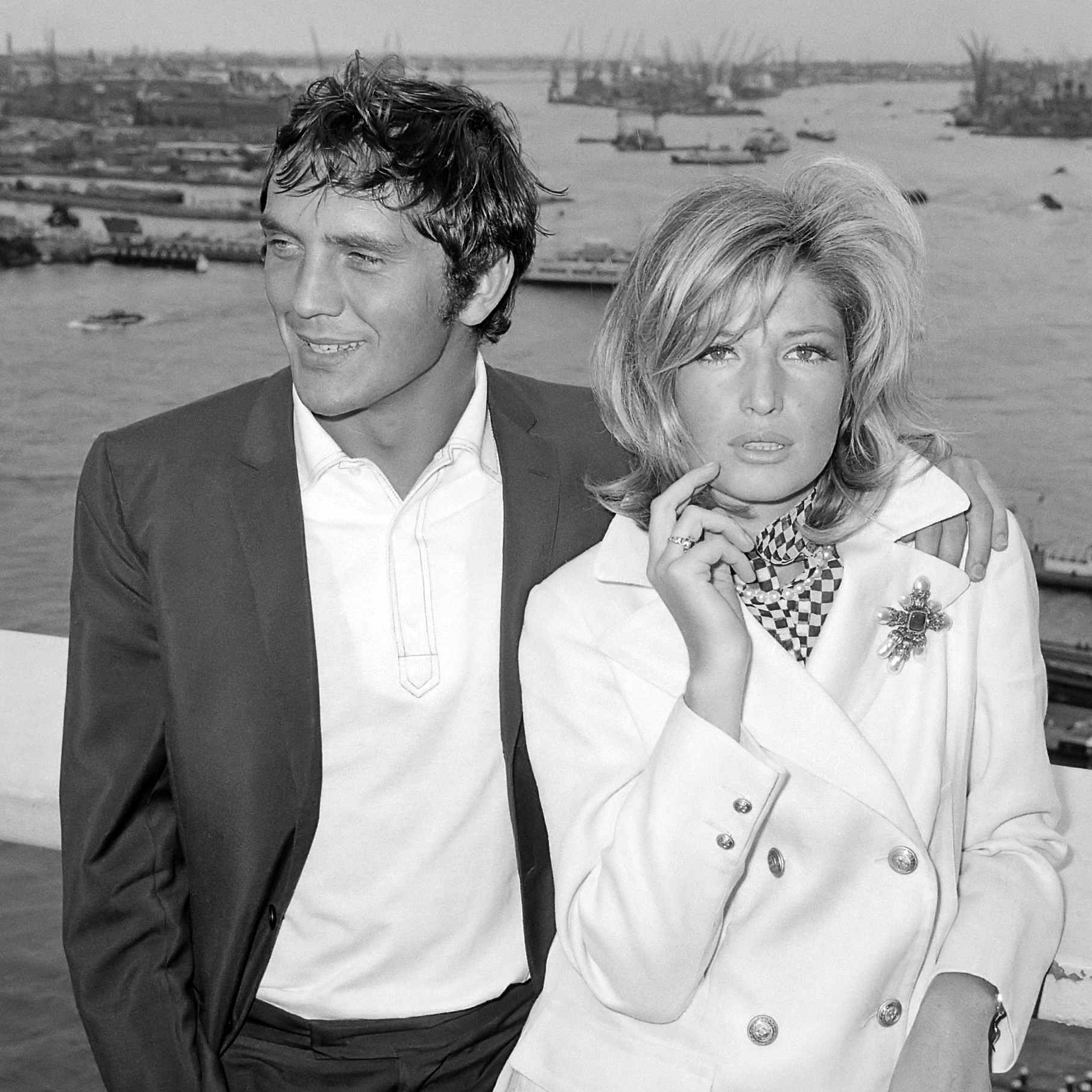
5. **A Decade Away: Career Dip and Spiritual Retreat**: After a string of successful and high-profile roles throughout the 1960s, Terence Stamp’s career trajectory took an unexpected turn, leading to his virtual disappearance from the screen for almost a decade. This period, which he described as a “mystery,” saw him struggle to find work despite being in his prime. “When the 1960s ended, I just ended with it,” he told The Guardian in 2015, recalling his agent’s difficult message that casting agents were “looking for a young Terence Stamp” when he was only 31 or 32.
Distraught by the lack of opportunities and the phone not ringing, Stamp made a significant life change. He traveled to Italy, appearing in films directed by Pier Paolo Pasolini (“Theorem,” 1968) and Federico Fellini (“Spirits of the Dead,” 1968), experiences he highly valued, noting, “Being cast by him was the greatest compliment an actor like myself could get.” However, the wider film industry seemed to have moved on from him as a leading man.
It was during his time in Rome, in 1968, that Stamp met the Indian spiritual speaker and writer Jiddu Krishnamurti. This encounter profoundly influenced him, teaching him meditation and prompting him to study yoga in India. He moved to an ashram in Pune, where he spent long periods dressed in orange robes, growing his hair long, and learning the teachings of his yogi, including tantric sex. Some attributed this move to a romantic breakup, but Stamp maintained a simpler motive: he genuinely couldn’t find work and sought a different path.

6. **The “Superman” Comeback: General Zod’s Iconic Reign**: After eight years largely out of the spotlight and immersed in spiritual studies in India, Terence Stamp’s career received an electrifying jolt in 1977. He famously recalled being on the verge of becoming a tantric sex teacher at an ashram when a telegram from his agent arrived with news that he was being considered for the movie “Superman.” This unexpected offer led him to be “on the night flight the next day,” signaling a dramatic return to the world of acting.
His casting as General Zod, the megalomaniacal alien supervillain, in Richard Donner’s “Superman” (1978) and its sequel, “Superman II” (1980), thrust him back into the full glare of Hollywood’s limelight. Audiences were captivated by his mature persona, receding hairline, and devilish facial hair, a stark contrast to his youthful “face of the ’60s.” His performance, particularly his memorable command, “Kneel before Zod!” became iconic, solidifying General Zod as one of the greatest movie villains of all time.
Stamp often said he accepted the role primarily because he wanted to work with Marlon Brando, who played Jor-El, Superman’s father, in the first film. The “Superman” franchise became a defining mark in his acting career, showcasing his ability to embody villainy with chilling conviction and elevating his status from a forgotten leading man to a celebrated character actor. This remarkable comeback marked a new chapter, demonstrating his enduring talent and adaptability in an ever-evolving industry.
Following his transformative return as General Zod, Terence Stamp embarked on a prolific second act of his career, consistently demonstrating a remarkable versatility that defied easy categorization. He navigated diverse genres and roles, proving that his earlier, youthful leading-man status had evolved into that of a formidable character actor with profound depth. This part of our tribute will explore the innovative performances, significant contributions to major franchises, and the personal reflections that defined the latter half of his extraordinary life.
His post-‘Superman’ career was marked by a willingness to embrace complex and sometimes unexpected characters, further cementing his reputation as an actor who continually sought new challenges. It was this period that truly showcased his adaptability and enduring appeal to audiences and filmmakers worldwide, building upon the foundations of his early successes and iconic comeback.

7. **“The Adventures of Priscilla, Queen of the Desert”: A Groundbreaking Performance**: In 1994, Terence Stamp delivered one of his most celebrated and memorable performances as Bernadette in “The Adventures of Priscilla, Queen of the Desert.” This role saw him undergo yet another significant on-screen transformation, portraying a middle-aged transgender woman with a quiet dignity and a distinct, tasteful style, often adorned with dangly earrings and a grayish-blond pageboy haircut. This portrayal was a stark departure from the masculine villains and romantic leads he had previously embodied.
Stamp articulated his personal connection to the role, revealing a thoughtful engagement with the character’s identity. He stated in a 2019 Reuters interview, “I’ve got a kind of more developed feminine side of my nature, so it was a chance to knowingly explore that.” He further reflected on the emotional depth required for the role, adding, “I had to think about what it would be like to be born into the wrong body, and born into a body that wasn’t the same as one’s emotions.” This nuanced approach contributed significantly to the film’s critical and popular success.
While the performance garnered him BAFTA and Golden Globe nominations, Stamp also humorously noted the physical demands of the role, particularly the challenge of wearing high heels, which caused his spine to be “completely out of alignment,” requiring approximately six months for it to be “re-orchestrated.” Despite the physical discomfort, the film became a landmark in his career, cementing his reputation for courageous and transformative acting.

8. **Significant Roles in Major Franchises and Diverse Genres**: Beyond his iconic turn as General Zod, Stamp continued to make significant contributions to a variety of major film franchises and independent productions. In 1999, he appeared in George Lucas’s “Star Wars: Episode 1 — The Phantom Menace,” playing Chancellor Finis Valorum, a pivotal figure in the Galactic Republic. This role demonstrated his adaptability to large-scale, fantastical narratives, expanding his reach to a new generation of viewers.
His filmography in the subsequent decades showcased a remarkable breadth, encompassing roles in blockbusters and critically acclaimed dramas. He appeared in “Legal Eagles” (1986), “Wall Street” (1987), “Young Guns” (1988), and “Alien Nation” (1988). He also worked with acclaimed directors like Tim Burton in films such as “Big Eyes” and “Miss Peregrine’s Home for Peculiar Children,” further diversifying his portfolio.
Adding another layer to his legacy within the superhero genre, Stamp later returned to the Superman universe, this time lending his voice to the noble Kryptonian father Jor-El in the television series “Smallville.” This allowed him to explore a different facet of the mythology he had helped define, portraying the character who guides a young Clark Kent before he dons the crimson cape, showcasing his enduring connection to the character and its rich lore.
As his family eloquently stated, he leaves behind “an extraordinary body of work, both as an actor and as a writer, that will continue to touch and inspire people for years to come.” Terence Stamp was not just an actor; he was a cultural icon whose influence transcended the screen, embodying the spirit of artistic exploration and personal reinvention. His journey from London’s East End to international stardom and philosophical contemplation serves as a powerful testament to a life lived with unwavering dedication to art and self-discovery. His voice, his presence, and his profound depth will be missed, but his cinematic contributions will resonate for generations.


